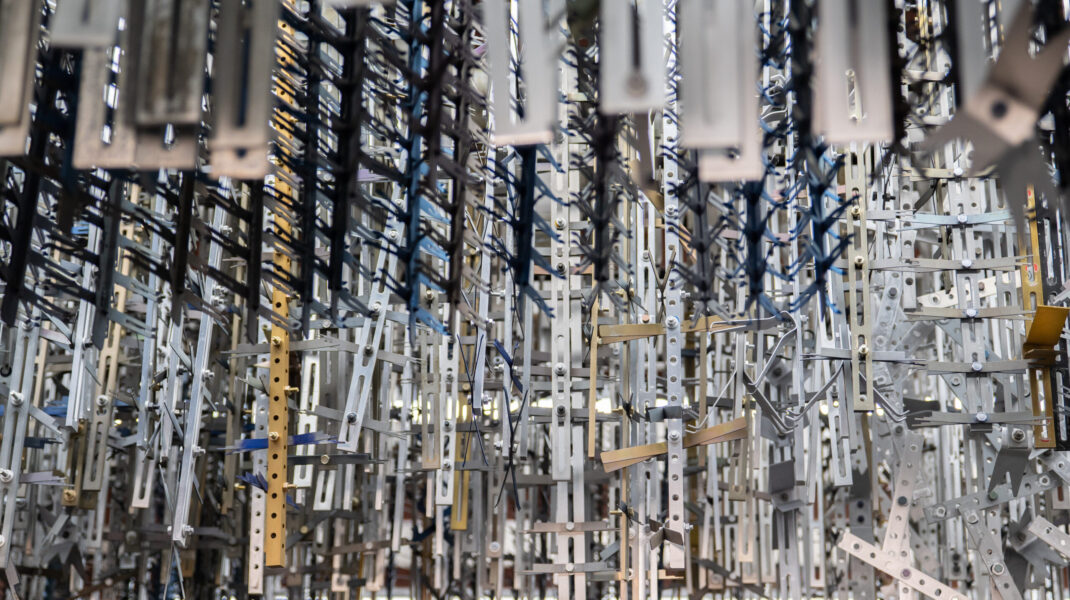
How Machining Processes Influence Our Metal Finishing Processes
At Global Metal Finishing, we’re hyper-focused on the small details. A lot of the time, they’re the difference between a decent part and an exceptional one. Other times, these small details are what separate usable parts and scrap.
When addressed at the front end, we can work together to alleviate or avoid these issues from impacting the finished product.
Let’s walk through some considerations and debunk some misconceptions to make sure our team can provide finishing services with timeliness, quality, and accuracy.
Surface Finish
True or False: The anodizing process covers up surface imperfections and variations.
FALSE! In fact, anodizing could enhance these marks, making them even more visible.
True or False: Global Metal Finishing can help with minor imperfections.
TRUE! If we receive a part with an inconsistent surface finish, it’s not a lost cause. There are some ways we can try and fix minor imperfections. However, processes used to remedy parts, like bead blasting and acid etching, can result in material loss. So if your part has critical dimensions, this may not be a viable option.
Our Advice
Any variations in machining direction, tumbling, polishing, post-process cleaning, blasting, or other machine shop processes can potentially impact the part’s surface finish. In some cases, these variations aren’t visible until during or even after the anodizing process.
Our advice is to inform the Global Metal Finishing team of any alterations to your processes before we get started. When we’re equipped with as much information as possible, our team works proactively to ensure a uniform anodized finish and high-quality outcomes for your parts.
Cutting Fluids
True or False: Our pre-cleaning process eliminates the concern for any leftover oils or cutting fluids.
FALSE! An issue we run into quite frequently, called bleed out, occurs when fluid within a hole bleeds out during or after the anodize process and leaves a streak outside of the hole. Adequately cleaning the parts as soon as they are machined and thoroughly drying them can help to prevent this from occurring.
Our Advice
Clean your parts as best as you can before you send them to us, especially to remove excess fluids that can impact finishing. We can clean parts using our ultrasonic cleaner or in our pre-processing cleaning and rinsing steps, but when parts arrive free of oil, fluids, and debris, the potential for quality concerns and the need for rework decreases significantly.
Other Factors to Consider
True or False: It’s helpful for your metal finishing vendor to know as much about your parts as possible.
TRUE! It’s extremely helpful for our team to find out how sensitive a part is or how critical a surface may be in the finished product. Getting the full picture of a part or assembly is valuable to our finishing solutions.
Our Advice
When we aren’t sure of something, we will ask once the parts arrive or send quality alerts to our customers. To save some time, we recommend giving us as much information on the PO and print, or in the quoting stages as possible. Helpful information for us might include:
- Alloy specifications, as different alloys require different processing parameters
- Cosmetically critical surfaces
- Fixturing locations where rack marks are or are not permissible
- Masking instructions if there are surfaces that should not be anodized
Our main piece of advice from Global Metal Finishing is to keep us informed about all critical information, from machining processes to fixturing considerations to cosmetic features. Our team is adept at working reactively based on customers’ specifications and needs and proactively to mitigate risks.
Ready to get started? Request a quote today!
